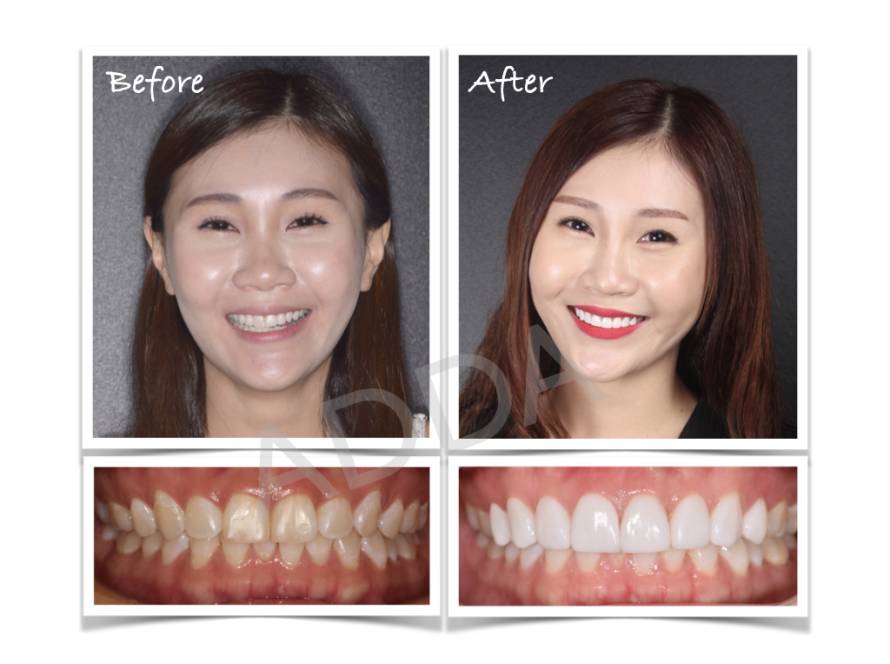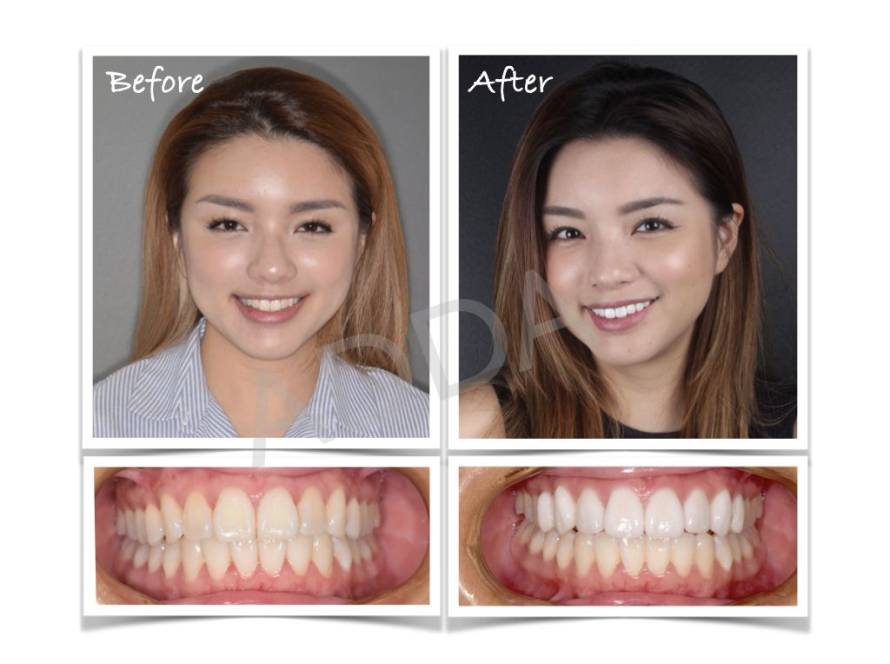As communication moves more and more into the digital realm rather than face-to-face experiences, it becomes possible for people to manage their appearance and their avatars. They gain a certain level of control over how others perceive them. One group of researchers decided to take this idea a step further with a unique experiment, exploring the effect of changing facial expressions in a virtual environment.
When it was conducted in 2016, this was the first study to explore whether changing participants’ facial expressions digitally in real time could influence emotions and the sense of social presence. The study also gauged how participating conversation partners (complete strangers to each other) rated their interaction after it was complete.
The Scenario
To explore the effects of enhanced facial expressions, the research team set up a scenario in which participants spoke to each other in real time. The two people involved in the conversation did not know each other; they were strangers to each other. Instead of looking at each other’s real faces, however, the participants viewed digital avatars on screens instead.
The Avatar Enhancements
As each participant spoke aloud, his or her facial expression was tracked and transferred onto a corresponding digital avatar. In some cases, the researchers left the expression true to life, mimicking exactly what the real participant was doing. However, in some cases they would tweak the expression a bit, making the digital avatar’s expression more positive or enhanced than the real-life person’s expression.
The Results
The results of the experiment were fascinating. When the researchers enhanced the avatars’ expressions, adding more enthusiastic smiles, the participants came away from those conversations with more positive feelings. They used more positive words to talk about the scenario, as opposed to participants who did not view enhanced avatars.
The people who saw the exact reflections of each other’s expressions in the avatar’s faces did not have the same level of positive social experience. Therefore, the researchers concluded that digital means, or computer-mediated communication, can be a valuable tool for enhancing and managing communication scenarios.
Real-World Connections
Computer-mediated communication (CMC) allows people to change the way they are perceived visually during a conversation. They can present an avatar with the looks and expressions that they want to convey, even if those visual elements are not accurate to real life. This eliminates the risk of unwanted nonverbal cues and enhances the speakers’ positive impressions of each other.
According to other studies, people and avatars are considered more approachable and relatable when they are smiling. Even people with fake-looking or unappealing smiles are typically rated more highly in studies than those who do not smile at all. According to this study, enhanced smiles take the connection even further, providing a more comfortable social presence when two people are communicating virtually.
Vital Ramifications for Invisalign Dentists
Dentists in training need to take note of current research and trends regarding CMC and smile research. As understanding of smile dynamics deepens, Invisalign providers in Singapore can gain helpful insight and discover new ways to help each patient achieve the most effective smile makeover.
Source:
Oh SY, Bailenson J, Krämer N, Li B. Let the Avatar Brighten Your Smile: Effects of Enhancing Facial Expressions in Virtual Environments. Najbauer J, ed. PLoS ONE. 2016;11(9):e0161794. doi:10.1371/journal.pone.0161794.


